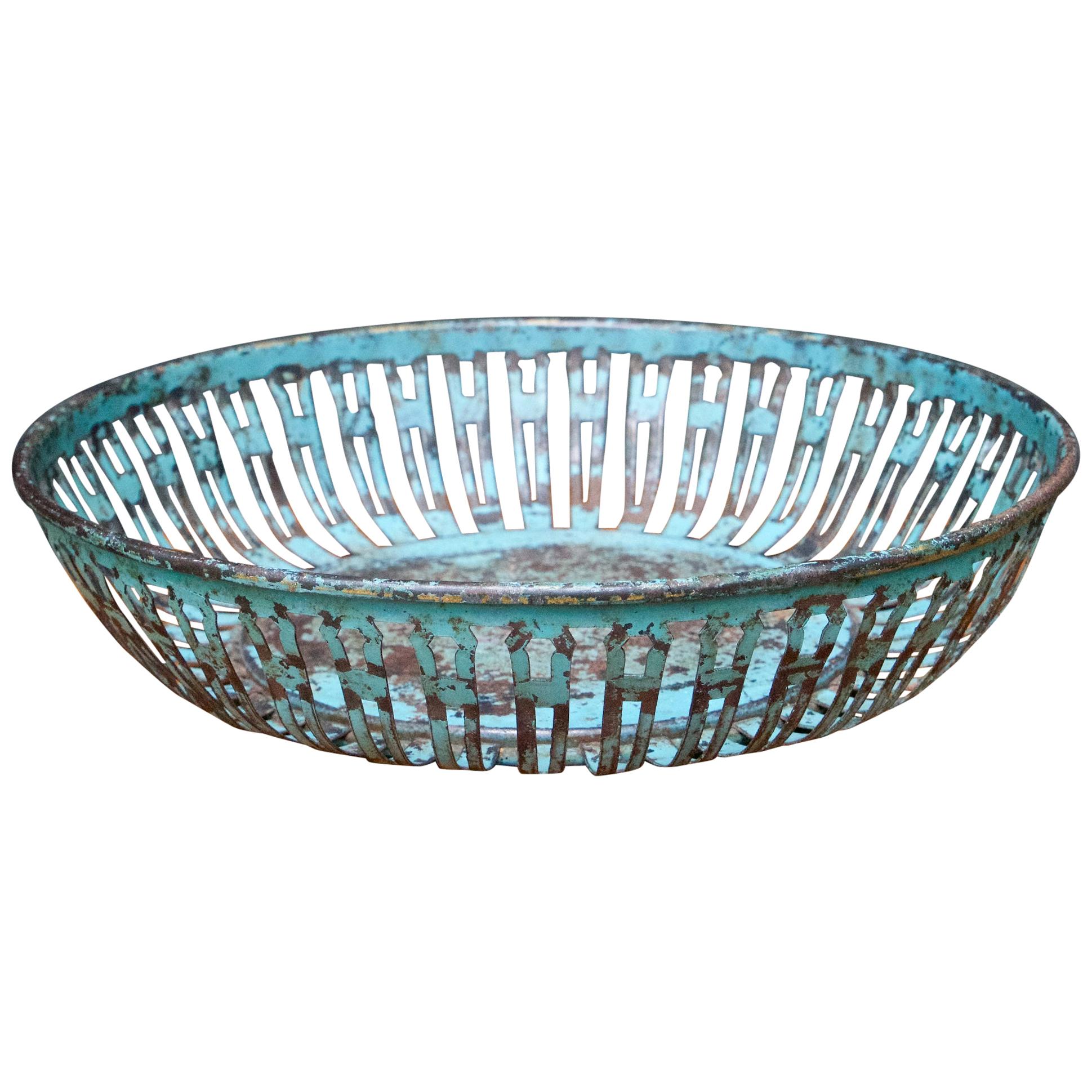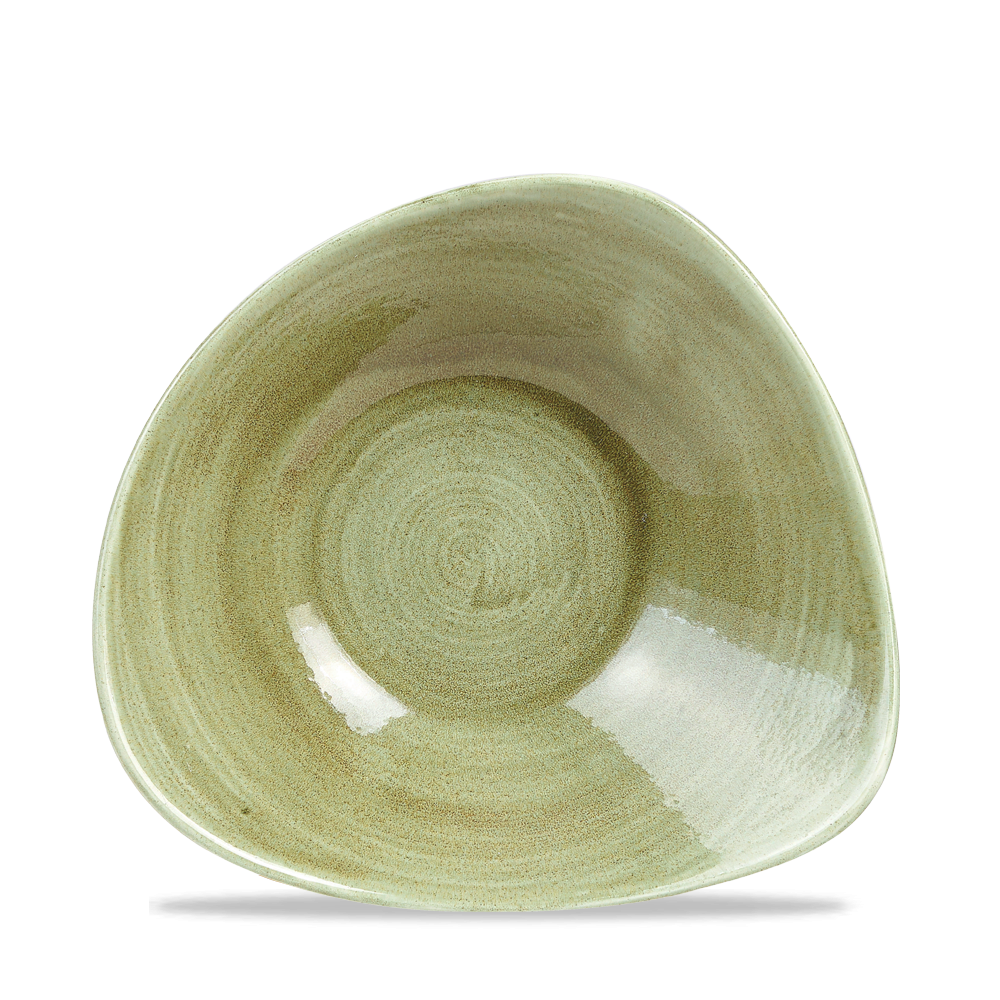

Jewelers also use selenic acid in proprietary metal- coloring solutions like Brass Black®. Many gun bluing chemicals containing selenium do not affect air quality when used cold (one shop was extensively tested to see how they did)-just don’t heat them. In any case, you should use gloves, tongs and good ventilation when using liver of sulfur solutions, and set up your workplace to avoid any chance of mixing such a solution with an acid. One author writes, “It is at least as poisonous as hydrogen cyanide” (Waldron 83). Long-term exposure to low levels may cause chronic lung disease (Stellman and Daum 161). Hydrogen sulfide gas is considered rather dangerous.

It releases hydrogen sulfide gas when you use it, and really hazardous quantities of gas can be produced if it is brought into contact with an acid, as when some pickle remains inside a hollow jewelry object which is then colored with liver of sulfur solution. The most commonly used darkening solution is liver of sulfur (potassium sulfide). Metal being colored often has to be thoroughly degreased with the hazards attendant on degreasing methods and exposure to alkalis, acids and solvents. Burns from hot surfaces or splashes of chemicals in the eyes. Electric hazards are present if powered equipment is used and gas handling ones if torches are brought into play.
#Patina green metal bowl skin#
If you are using patinas, you should make sure they are properly sealed when finished (I like to use transparent automotive enamel) and do not come in contact with food or skin for instance, if making earrings, ensure that the surfaces against the skin are not patinated. Any green or blue patination likely contains copper or nickel salts which are toxic and irritant. Vinegar fuming will produce different copper salts. These colors include copper hydroxides and copper chlorides, both dangerous for skin contact and if inhaled (as dry particles). Fuming copper with ammonia, for instance, is a low-toxicity approach to obtaining blues and greens. Skin contact with patination solutions may cause dermatitis or in some rare cases, poisonings.

Metal coloring solutions are often made up of chemicals in toxic concentrations, so all chemical-lab precautions need to be taken with them. Paints, epoxy resins and other materials are also used to darken recesses on work. There are also metal dyes which are very adhesive. We usually think of patinas as being green, but they come in many colors. Metalsmiths patinate both large and small objects, as well as jewelry. Jewelers use so-called “oxidising” solutions to darken metals like silver, copper, brass, nickel silver, bronze and, with specialized mixtures, on gold.


 0 kommentar(er)
0 kommentar(er)
